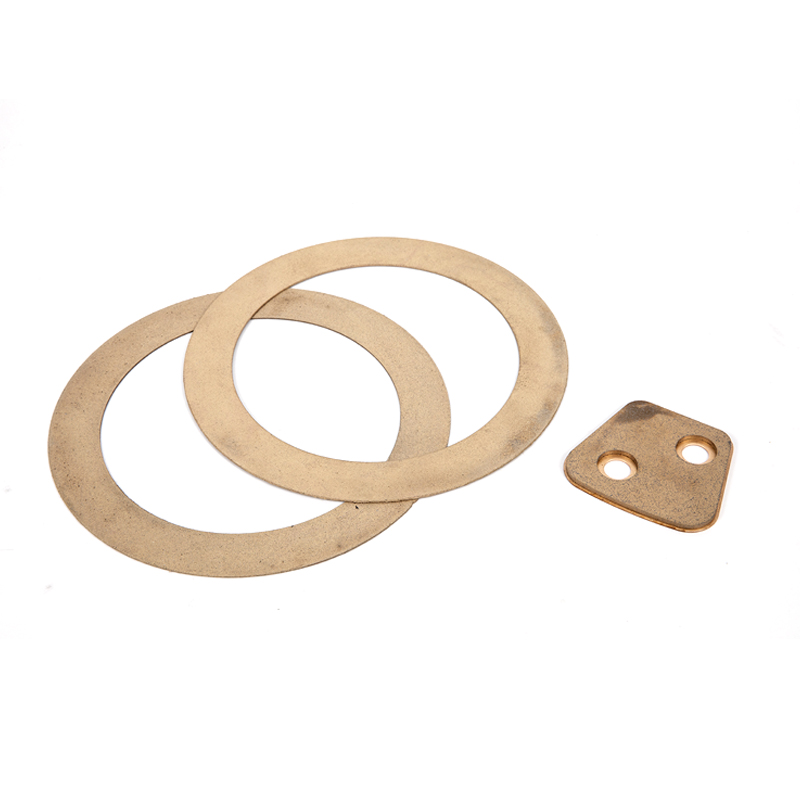
DF-TJ copper substrate
Performance parameters and regulations of friction materials for brake friction lining manufacturers:
The performance parameters and regulations of friction materials include friction coefficient, wear resistance and process performance. The following is a detailed analysis.
1. Friction coefficient
Friction coefficient is a key performance parameter of all kinds of friction materials, which is related to the pros and cons of the friction lining in the implementation of the transmission system and the braking system. It is not a parameter, but a number that changes due to hazards such as temperature, working pressure, friction rate or surface conditions and surrounding material elements. The idealized coefficient of friction should have an idealized coefficient of cold friction and a temperature decay that can be manipulated. Because friction causes heat, it increases the temperature during work and causes the friction coefficient of the friction material to change.
The coefficient of friction generally decreases with increasing temperature, but too much decrease cannot be ignored. In our country's automobile brake system pad bench test specifications, there will be provisions for axle load and speed reliability. Therefore, when the vehicle speed is accelerated, it is necessary to avoid the reduction of the efficiency of the brake system.
When the surface of the friction material of the brake pad touches water, the friction coefficient will also decrease. When the surface shrinkage water is removed and repaired to dryness, the friction coefficient will recover, which is called "out-of-office recovery". When the surface of the friction material is stained with oil, the coefficient of friction is significantly reduced, but a certain sliding friction force should be maintained so that it still has a certain degree of efficiency of the braking system.
2. Wear resistance
The wear resistance of a friction material is a manifestation of its service life, and it is also a key technical and economic data to consider the durability of the friction material. The better the wear resistance, the longer its service life. However, the damage of the friction material in the whole process of work is mainly caused by the shear stress caused by friction and touching the surface. The temperature at work is a key element that harms the wear rate. When the surface temperature of the material reaches the decomposition reaction temperature range of the organic chemical adhesive, the organic chemical adhesive such as vulcanized rubber and epoxy resin will cause dissolution, carbonization and weight loss.
As the temperature rises, this type of condition aggravates, the bonding effect is reduced, and the wear rate is greatly expanded, which is called "thermal damage". The use of suitable anti-friction fillers, epoxy resins and vulcanized rubbers with good temperature resistance can reasonably reduce material damage during work, especially thermal damage, and can extend its service life.
Service Hotline:
Phone: +86-574 63498399
Fax: +86-574 63498588
Email: info@cnorient.com.cn
sales@cnorient.com.cn
Address: Sanjiangkou Industrial Park, Zhouxiang Town, Cixi City, Zhejiang Province

Scan to contact us